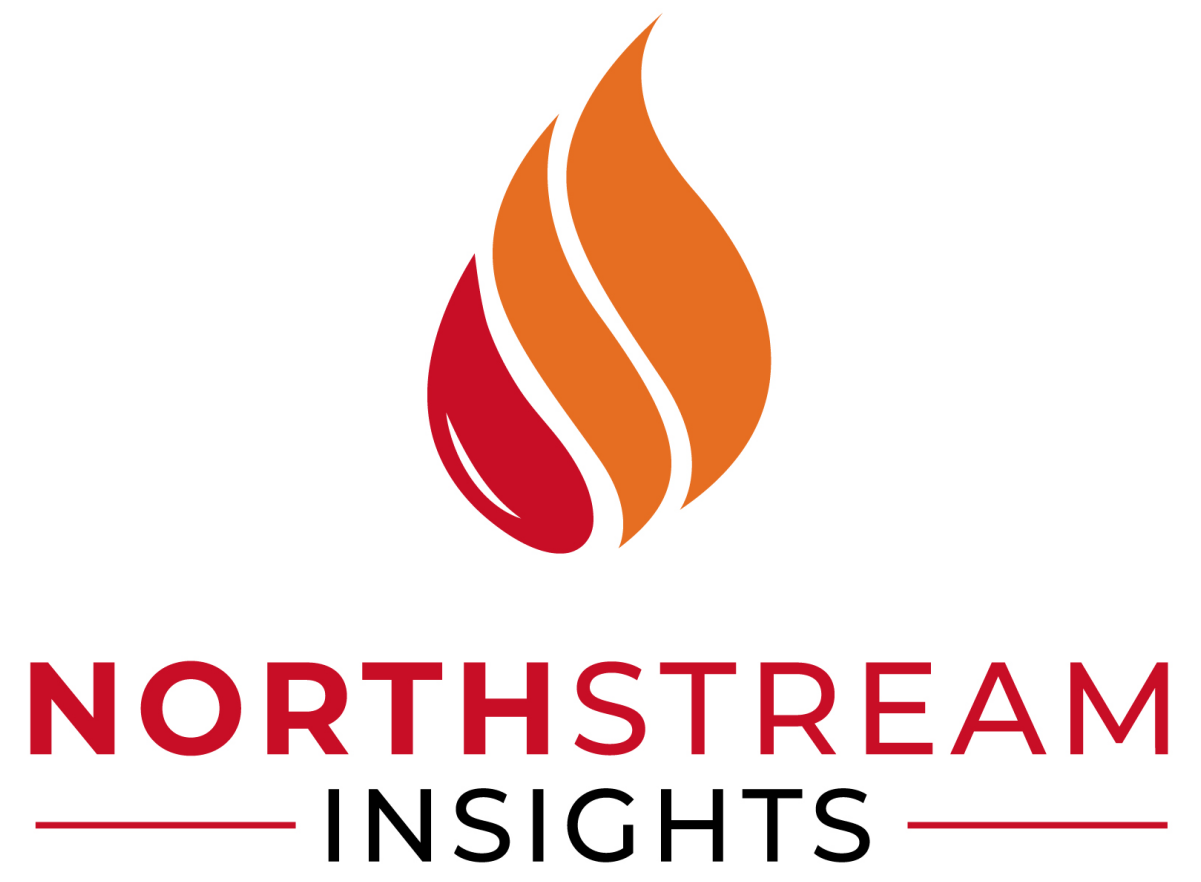Digital Reservoirs: Integrating IoT and AI for Smarter Production Management
The oil and gas industry stands at the threshold of a digital revolution, where traditional reservoir management practices are being transformed by the integration of Internet of Things (IoT) sensors and artificial intelligence (AI) analytics. This technological convergence is creating “digital reservoirs” that provide unprecedented insight into subsurface conditions, enabling smarter production management and operational optimization. The evolution from conventional monitoring to intelligent, connected systems represents a fundamental shift in how the industry approaches reservoir intelligence.
The Digital Transformation Challenge in Oil & Gas
While many industries have embraced digital transformation, the oil and gas sector has been slower to adopt advanced technologies due to harsh operating environments, regulatory requirements, and conservative operational cultures. However, the industry’s unique challenges—from complex subsurface conditions to volatile commodity prices—make it an ideal candidate for digital transformation through IoT and AI integration.
Traditional reservoir management relies heavily on periodic data collection and human interpretation, creating delays between data acquisition and decision-making. This reactive approach often results in missed opportunities for optimization and increased operational costs. The integration of IoT sensors and AI analytics addresses these limitations by providing continuous monitoring and automated insights.
IoT Revolution in Reservoir Monitoring
The deployment of IoT sensors in reservoir monitoring represents a paradigm shift from periodic data collection to continuous intelligence gathering. NorthStream Insights’ custom gauge technology exemplifies this approach, providing real-time monitoring of both oil and water phases through advanced sensor networks. These connected devices create a comprehensive picture of reservoir conditions, enabling operators to understand dynamic changes as they occur.
IoT sensors in digital reservoirs provide several key advantages: continuous data collection eliminates gaps in understanding, real-time monitoring enables proactive decision-making, and networked sensors provide comprehensive field-wide intelligence. This connected approach transforms individual data points into integrated reservoir intelligence systems.
AI-Powered Analytics for Intelligent Decision-Making
The integration of AI analytics with IoT sensor data creates unprecedented opportunities for intelligent reservoir management. Machine learning algorithms can identify patterns in complex datasets that human analysts might miss, enabling predictive modeling of reservoir behavior and automated optimization of production strategies.
AI-powered analytics excel at processing large volumes of continuous data from IoT sensors, identifying anomalies, predicting equipment failures, and optimizing production parameters in real-time. This capability transforms reactive reservoir management into proactive, intelligent operations that anticipate and prevent problems before they impact production.
Real-Time Optimization and Automated Decision-Making
The combination of IoT sensors and AI analytics enables real-time optimization of reservoir operations. Continuous monitoring provides the data foundation, while AI algorithms identify optimization opportunities and automatically adjust production parameters. This automated approach reduces response times from days or weeks to minutes or hours.
Real-time optimization extends beyond individual wells to field-wide operations. AI algorithms can coordinate production across multiple wells, optimize artificial lift systems, and balance production to maintain optimal reservoir pressure. This holistic approach maximizes recovery while minimizing operational costs.
Predictive Maintenance and Operational Efficiency
Digital reservoir systems enable predictive maintenance strategies that prevent equipment failures before they impact production. IoT sensors continuously monitor equipment performance, while AI algorithms identify patterns that indicate potential failures. This proactive approach reduces downtime, extends equipment life, and improves operational efficiency.
The integration of predictive maintenance with reservoir monitoring creates synergies that benefit both production optimization and equipment management. Operators can schedule maintenance activities to coincide with natural production cycles, minimizing disruption while maximizing equipment reliability.
Building Connected Reservoir Ecosystems
The future of digital reservoirs lies in creating connected ecosystems that integrate all aspects of reservoir management. IoT sensors provide the data foundation, AI analytics deliver insights, and automated systems execute optimization strategies. This integrated approach creates intelligent reservoirs that continuously adapt to changing conditions.
Connected reservoir ecosystems enable unprecedented levels of operational efficiency and optimization. By integrating subsurface monitoring with surface facilities management, operators can optimize entire production systems rather than individual components.
The Competitive Advantage of Digital Transformation
As the industry continues to evolve, digital reservoir technology will become increasingly important for competitive advantage. Operators with access to real-time intelligence and automated optimization will be better positioned to maximize recovery, reduce costs, and improve environmental performance in an increasingly competitive market.
